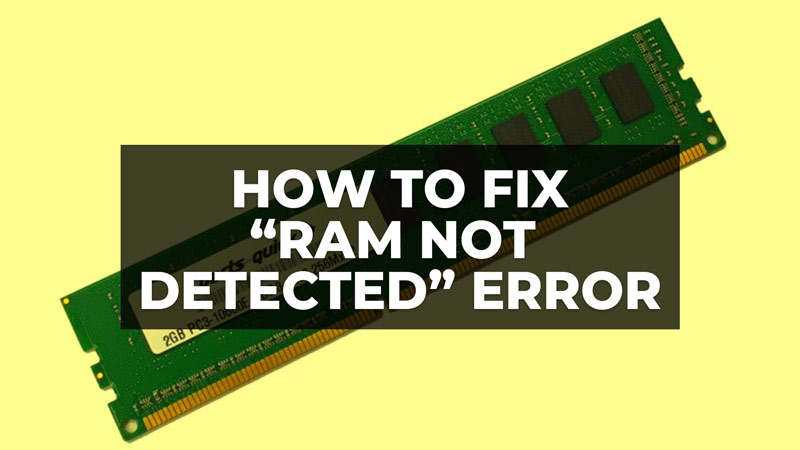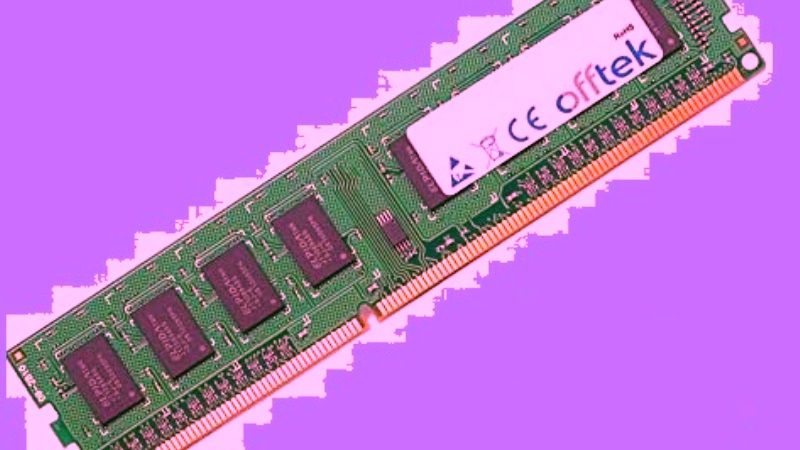
There are many users who report on a daily basis that sometimes their RAM is unrecognized on a laptop or PC. Imagine the following scenario: you are building a brand new computer, and when you install everything with great care, after turning on the computer, it doesn’t show any signs of life. Or, still, it keeps emitting an annoying beeping sound. The reason, probably, can be in the RAM memory. Failures with RAM sticks that are not recognized by the system do not only happen with new machines but also with old computers. In this guide, we will tell you how to fix the “RAM Not Detected” error in detail below.
Fix: “RAM Not Detected” Error (2023)

If you get a “RAM Not Detected” error, it could be a sign of faulty RAM memory. For example, too much slowness, system crashes, and “Blue Screen” error codes. However, there are other symptoms that may also be related to faulty RAM memory, such as an increase in the number of corrupted files, low performance, and video card errors. Check out the various solutions listed below to solve any RAM errors.
1. Make sure the RAM Stick is seated properly
There are some classic examples like computer technicians or careless users incorrectly inserting the RAM module into its slot. In a hurry, they do not fully fit, pushing to the end. With this, the memory stick contacts do not make contact with the motherboard connectors. And when you try to turn on the PC, nothing happens, or a beeping warning sounds that something is wrong. Therefore, open the case and see if the RAM modules are correctly installed in the slot.
2. Test the RAM Sticks in other memory slots
Generally, the motherboard has two slots for RAM memory. The most expensive ones have four or more. It could happen that one of them has a problem. The motherboard is complex and can only have a problem with one component, while the others continue to function normally. So, insert the RAM memory in different memory slots and do the due tests. This test should be carried out when the PC is turned off so that you can make changes. Then restart the machine and see if it turns on.
3. Check the maximum RAM frequency supported by your motherboard
What could also be happening is that you are trying to install a RAM whose frequency is higher than the one supported by the motherboard. So, it really won’t recognize the memory and the PC won’t turn on. It is recommended that you look in the card’s manual or search the manufacturer’s website for the maximum frequency it supports in terms of RAM memory. You may be trying to use memory with a frequency of 1333 MHz, while your motherboard only supports up to 800 MHz.
4. Test other RAM Sticks on your motherboard
It may also happen that the RAM slots on your motherboard are having problems. So it’s worth taking memory that you know is working and installing it on your motherboard. If the PC does not turn on, it means that the problem is not in the RAM memory, but in the slots on the motherboard.
That’s all you need to know about how to fix “RAM Not Detected” errors. While you are here, you might be also interested to know How To Free Up RAM In Windows 11, and How to See how much RAM you have.
